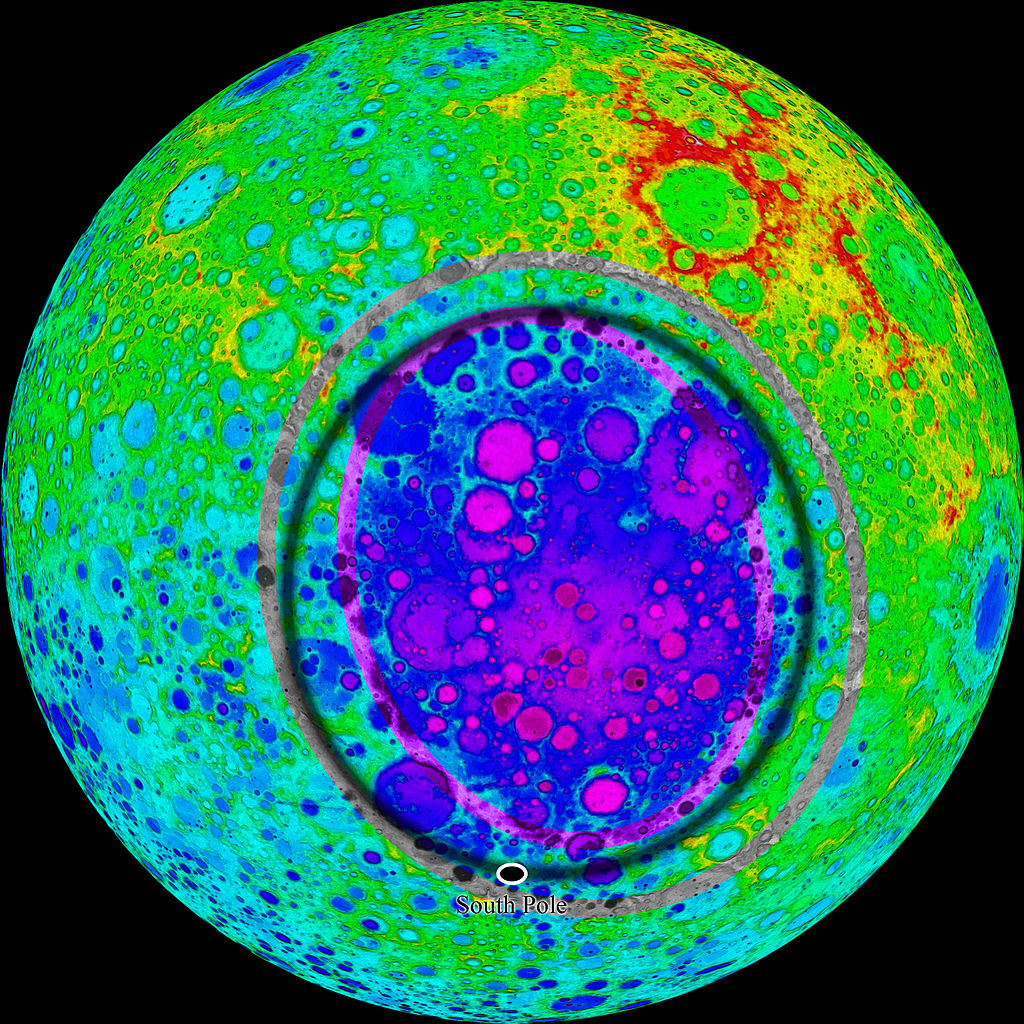Analysis of samples delivered by China’s Chang’e-6 mission has determined the age of the largest lunar crater, the South Pole-Aitken basin. It formed 320 million years after the birth of the Solar System.

Scientists have long been trying to determine the age of the South Pole-Aitken Basin, the largest known impact crater on the Moon. Its dimensions are 2400 by 2050 km, its depth reaches 8 km, and its elevation interval (from the deepest points of the bottom to the highest points of the wall) is 16.1 km.
The basin was thought to have formed during the intense asteroid bombardment to which the planets of the Solar System were subjected during the first few hundred million years after their formation. However, until recently, scientists did not know its exact age, and available estimates varied markedly.
Recently, a research team from the Institute of Geology and Geophysics of the Chinese Academy of Sciences conducted the first accurate age dating of the formation. For this purpose, they analyzed lunar soil samples delivered last year by the Chang’e-6 mission. They focused on impact melt rocks, which provided crucial clues to determine the age of the basin.

The researchers carefully analyzed about 1,600 fragments from two soil samples, identifying 20 norite fragments with texture, mineralogy and geochemical signatures consistent with an impact origin. Using lead, lead-based radioisotope dating, they found evidence of two different events dating to 4.25 and 3.87 billion years ago.
The older norites, dated at 4.25 billion years, have structural and compositional features suggesting that they crystallized at different depths in a common basin-forming melt. This happened 320 million years after the birth of the Solar System.
This is the first direct age estimate of the South Pole-Aitken Basin based on examination of samples. The basin’s precise age of 4.25 billion years serves as an important fulcrum to refine the chronology of lunar craters and reconstruct the timeline of the Moon’s evolution. It also sheds light on the dynamical processes that formed the early Solar System.
Recall that the analysis of the samples also allowed to confirm the theory that after its formation, the Moon was covered by a global ocean of magma.


